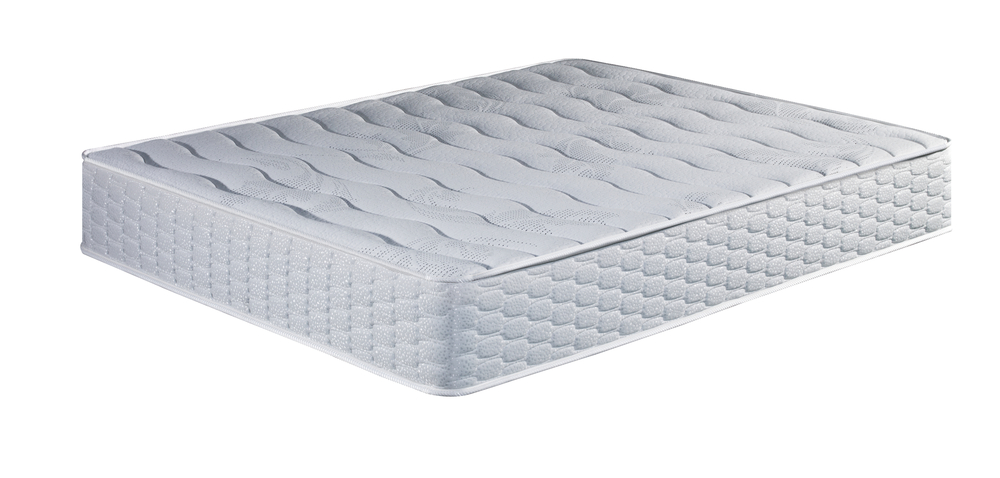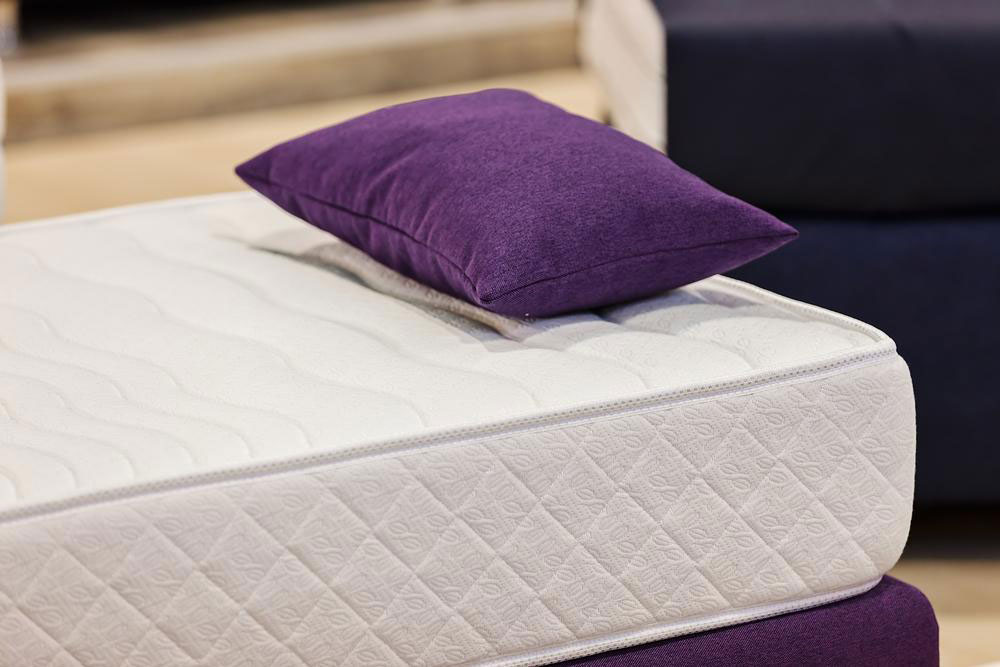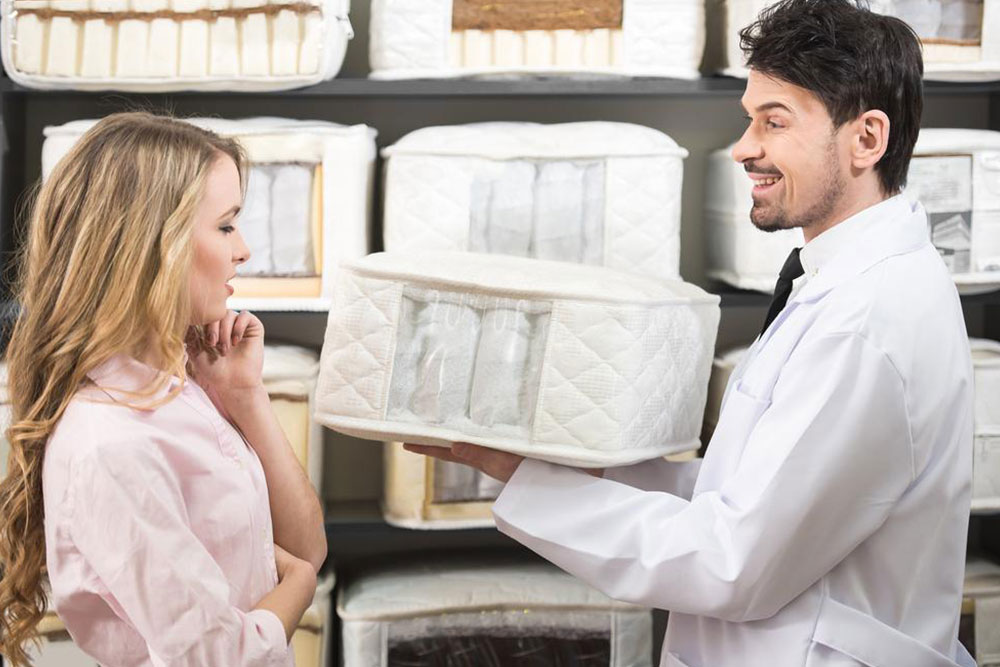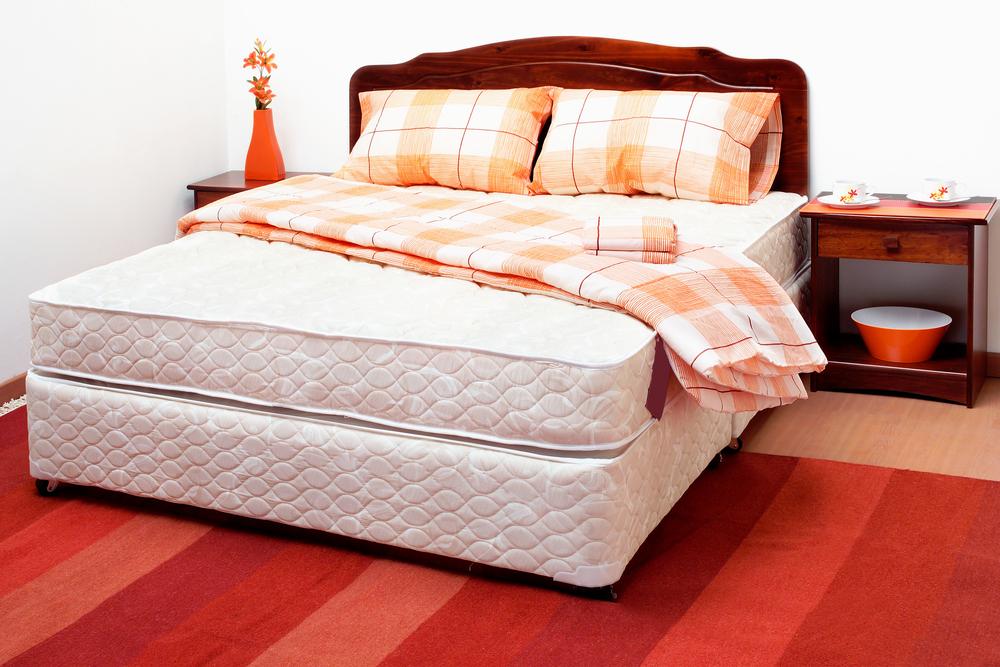Guide to Choosing the Perfect, Comfortable Mattress
Find your ideal comfort with our comprehensive guide on selecting mattresses. Learn about popular types, signs of unhealthy products, and safety considerations to ensure better sleep and health. From adjustable air beds to latex options, we cover everything you need for an informed purchase at top-rated stores.

Guide to Choosing the Perfect, Comfortable Mattress
Selecting the right mattress can be challenging with so many options and brands emerging regularly. Visiting highly-rated mattress stores ensures you find a product that promotes your health and enhances sleep quality. The mattress market is diverse, ranging from budget-friendly to luxurious models. To find the best fit, it’s essential to explore top mattress types available today:
Adjustable Air Mattresses
Air mattresses with multiple chambers allow for customizable firmness and support. Higher-quality models in top stores maintain their shape and comfort, preventing issues like sagging. They offer tailored sleeping experiences suitable for various preferences.
Innerspring Mattresses
Among the most common options, these mattresses support your body with interconnected springs. Premium versions feature individually encased coils and incorporate comfortable layers like foam or latex, providing enhanced support and durability.
Latex Mattresses
Constructed from rubber, latex mattresses provide firm yet bouncy support. They distribute firmness evenly across the surface, making them ideal for spinal alignment. Premium latex beds from trusted stores ensure uniform support for long-lasting comfort.
Memory Foam Mattresses
Memory foam molds to your body's contours, offering personalized comfort and spinal support. It quickly returns to shape when you move, making it a popular choice. However, since it is petroleum-based, prolonged exposure may pose health considerations.
Indicators of Unsuitable Mattresses
Mattresses Treated with Flame Retardants
Many mattresses incorporate flame-retardant chemicals, mandated by law but potentially toxic. Substances like boric acid and certain brominated compounds may have carcinogenic effects and impact reproductive health. Consumers should be cautious and seek options without these chemicals.
Polyurethane Foam Concerns
Commonly used in foam mattresses, polyurethane is flexible but derived from petroleum. It can emit harmful gases over time, and the chemicals used in production, like Isocyanates, are linked to asthma and other respiratory issues, especially concerning for children.
Note:
The information provided aims to educate readers across various categories. While based on research and expertise, it shouldn't replace professional advice. We disclaim responsibility for discrepancies or updates outside our coverage and recognize that alternate offers or schemes may be available elsewhere.










